What are normal liver levels. Understanding Liver Enzyme Levels: Causes, Symptoms, and Diagnosis of Abnormal Results
What are normal liver enzyme levels. How do high or low liver enzymes affect health. What causes abnormal liver function tests. How are liver disorders diagnosed and treated.
The Importance of Liver Function Tests
Liver function tests play a crucial role in assessing the health of one of our body’s most vital organs. These tests measure various enzymes and proteins in the blood that indicate how well the liver is performing its many essential functions. Understanding what constitutes normal liver levels and what abnormal results may signify is key to maintaining overall health and catching potential liver issues early.
What Do Liver Function Tests Measure?
Liver function tests typically assess several key components:
- Alanine transaminase (ALT)
- Aspartate transaminase (AST)
- Alkaline phosphatase (ALP)
- Gamma-glutamyl transferase (GGT)
- Bilirubin
- Albumin
- Prothrombin time
Each of these markers can provide valuable insights into different aspects of liver function and potential issues when levels deviate from the normal range.

Normal Liver Enzyme Levels: What’s the Benchmark?
Establishing what constitutes “normal” liver enzyme levels is essential for interpreting test results. However, it’s important to note that normal ranges can vary slightly between laboratories and may be influenced by factors such as age, sex, and overall health status.
Generally, the following ranges are considered normal for adults:
- ALT: 7-55 units per liter (U/L)
- AST: 8-48 U/L
- ALP: 40-129 U/L
- GGT: 8-61 U/L
- Total bilirubin: 0.1-1.2 milligrams per deciliter (mg/dL)
- Albumin: 3.4-5.4 grams per deciliter (g/dL)
Do these ranges apply to everyone? No, children and older adults may have different normal ranges, and certain medical conditions can affect what’s considered normal for an individual. It’s always best to consult with a healthcare provider for personalized interpretation of liver function test results.
High Liver Enzyme Levels: Causes and Implications
Elevated liver enzymes can be a sign of liver damage or inflammation. There are numerous potential causes for high liver enzyme levels, ranging from temporary issues to more serious underlying conditions.
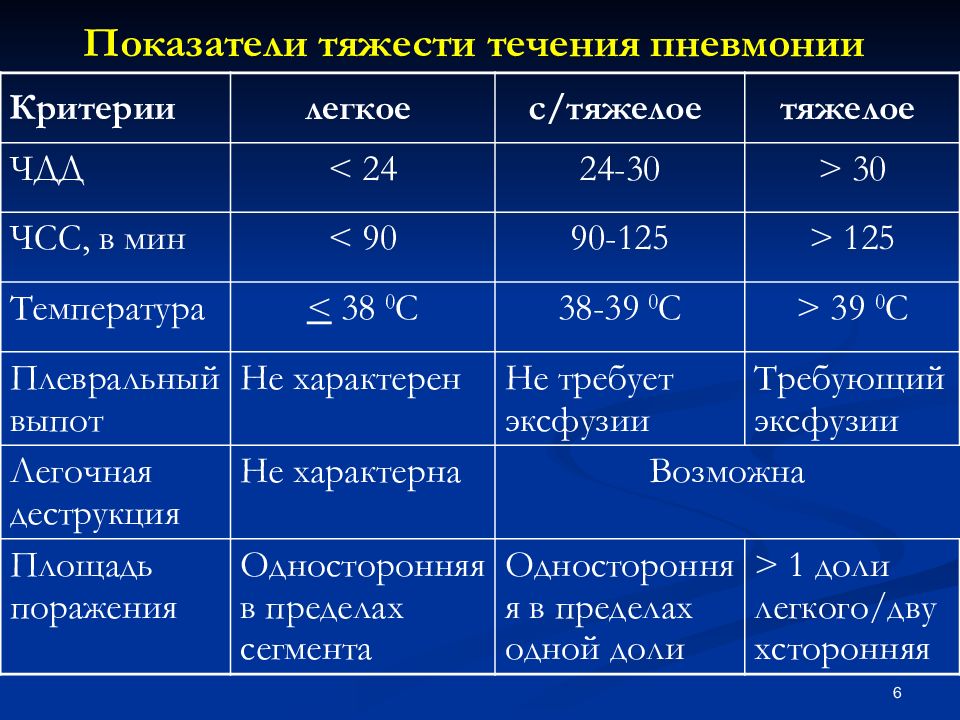
Common Causes of Elevated Liver Enzymes
- Alcohol consumption
- Certain medications (e.g., acetaminophen, statins)
- Viral hepatitis (A, B, C)
- Nonalcoholic fatty liver disease (NAFLD)
- Obesity
- Autoimmune hepatitis
- Celiac disease
- Thyroid disorders
Is a single elevated liver enzyme test cause for concern? Not necessarily. Temporary elevations can occur due to factors like recent intense exercise or short-term use of certain medications. However, persistently high levels warrant further investigation.
Specific Enzyme Elevations and Their Significance
Different patterns of enzyme elevation can provide clues about the underlying issue:
- ALT > AST: Often seen in viral hepatitis, NAFLD
- AST > ALT: May indicate alcoholic liver disease
- Elevated ALP and GGT: Could suggest bile duct obstruction or cholestasis
- Isolated GGT elevation: Often associated with alcohol use or certain medications
How high do liver enzymes need to be to indicate a serious problem? While any elevation above the normal range is worth discussing with a healthcare provider, levels more than 3 times the upper limit of normal are generally considered significant and may require more urgent evaluation.

Low Liver Enzyme Levels: Less Common but Still Significant
While high liver enzyme levels often receive more attention, abnormally low levels can also indicate health issues. Low levels of certain liver enzymes may suggest:
- Vitamin B6 deficiency
- Malnutrition
- Severe liver damage (in advanced stages)
- Zinc deficiency
Are low liver enzyme levels as concerning as high levels? While they may not always indicate an immediate threat, persistently low levels should be investigated to rule out underlying nutritional deficiencies or advanced liver disease.
Symptoms Associated with Abnormal Liver Function
Liver dysfunction can manifest in various ways, and symptoms may not always be specific to liver issues. However, some common signs that may accompany abnormal liver enzyme levels include:
- Fatigue
- Jaundice (yellowing of skin and eyes)
- Abdominal pain or swelling
- Nausea or loss of appetite
- Dark urine
- Pale or clay-colored stools
- Itchy skin
- Easy bruising or bleeding
Can liver problems exist without noticeable symptoms? Yes, many liver conditions, especially in their early stages, may not cause obvious symptoms. This is why regular check-ups and liver function tests are important for early detection and prevention of liver disease.
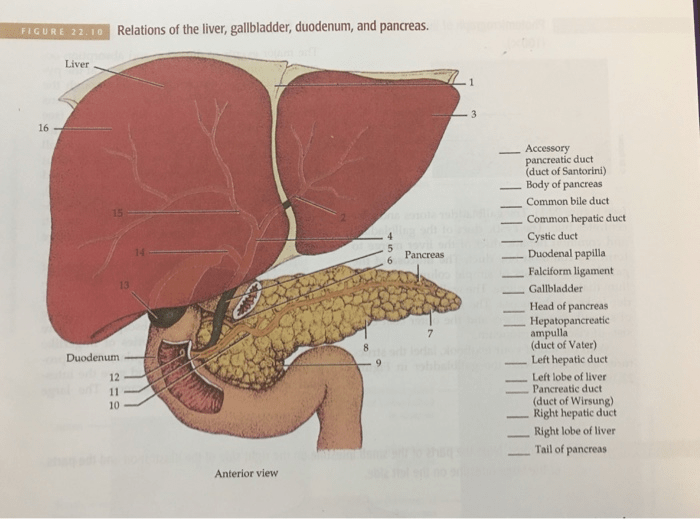
Diagnostic Approach to Abnormal Liver Function Tests
When liver function tests reveal abnormal results, healthcare providers typically follow a systematic approach to determine the underlying cause. This may involve:
- Detailed medical history and physical examination
- Review of medications and alcohol use
- Additional blood tests (e.g., viral hepatitis markers, autoimmune antibodies)
- Imaging studies (ultrasound, CT, or MRI)
- Liver biopsy in some cases
What is the most common initial imaging test for liver issues? Ultrasound is often the first-line imaging test due to its safety, accessibility, and ability to visualize the liver and surrounding structures.
The Role of Liver Biopsy
In some cases, a liver biopsy may be necessary to definitively diagnose certain conditions or assess the extent of liver damage. This procedure involves removing a small sample of liver tissue for microscopic examination.
When is a liver biopsy typically recommended? A biopsy may be considered when:
- The cause of liver dysfunction remains unclear after initial tests
- There’s suspicion of certain conditions like autoimmune hepatitis or Wilson’s disease
- Staging of known liver disease is needed (e.g., determining the extent of fibrosis in chronic hepatitis)
Treatment Approaches for Abnormal Liver Function
Treatment for abnormal liver function depends on the underlying cause and may range from lifestyle modifications to medication or, in severe cases, liver transplantation.
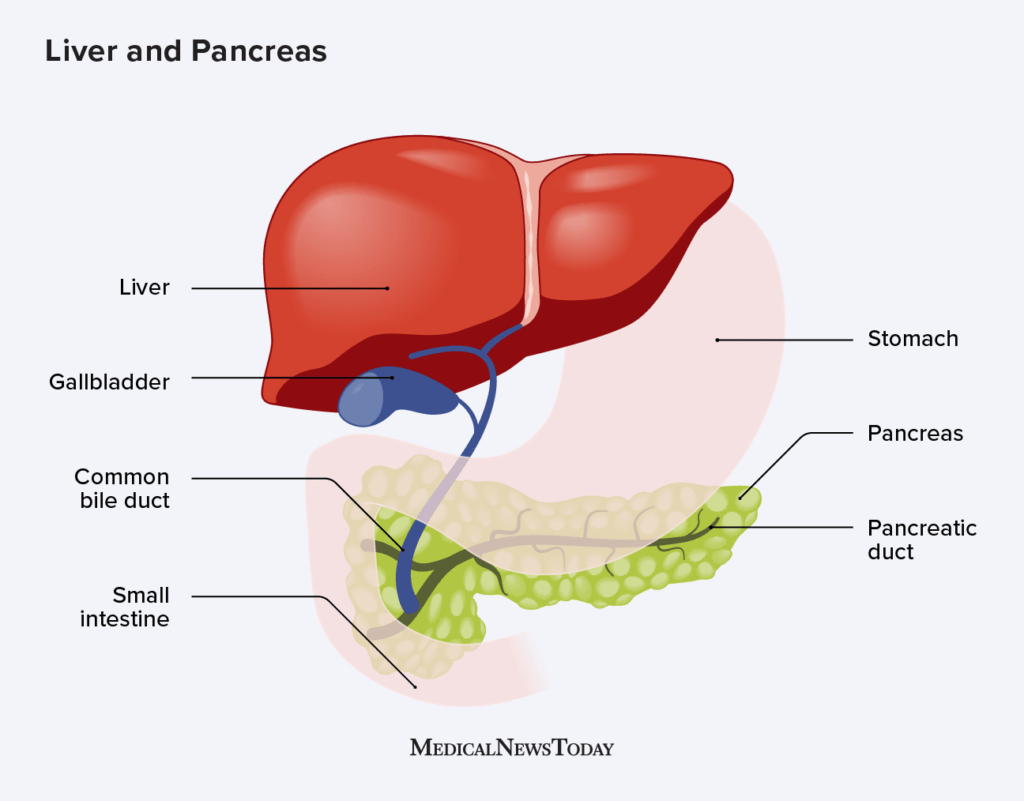
Lifestyle Modifications
- Limiting or abstaining from alcohol
- Maintaining a healthy weight
- Following a balanced diet
- Regular exercise
- Avoiding hepatotoxic substances
Medical Treatments
Depending on the specific condition, medical treatments may include:
- Antiviral medications for viral hepatitis
- Immunosuppressants for autoimmune hepatitis
- Chelation therapy for conditions like Wilson’s disease
- Management of underlying conditions (e.g., diabetes, thyroid disorders)
How long does it take for liver enzyme levels to return to normal with treatment? The timeline can vary greatly depending on the cause and severity of liver dysfunction. In some cases, improvement may be seen within weeks, while other conditions may require months of treatment for significant improvement.
Preventing Liver Disease and Maintaining Healthy Liver Function
While some liver conditions are inherited or caused by factors beyond our control, many liver problems can be prevented or managed through healthy lifestyle choices. Key strategies for maintaining liver health include:
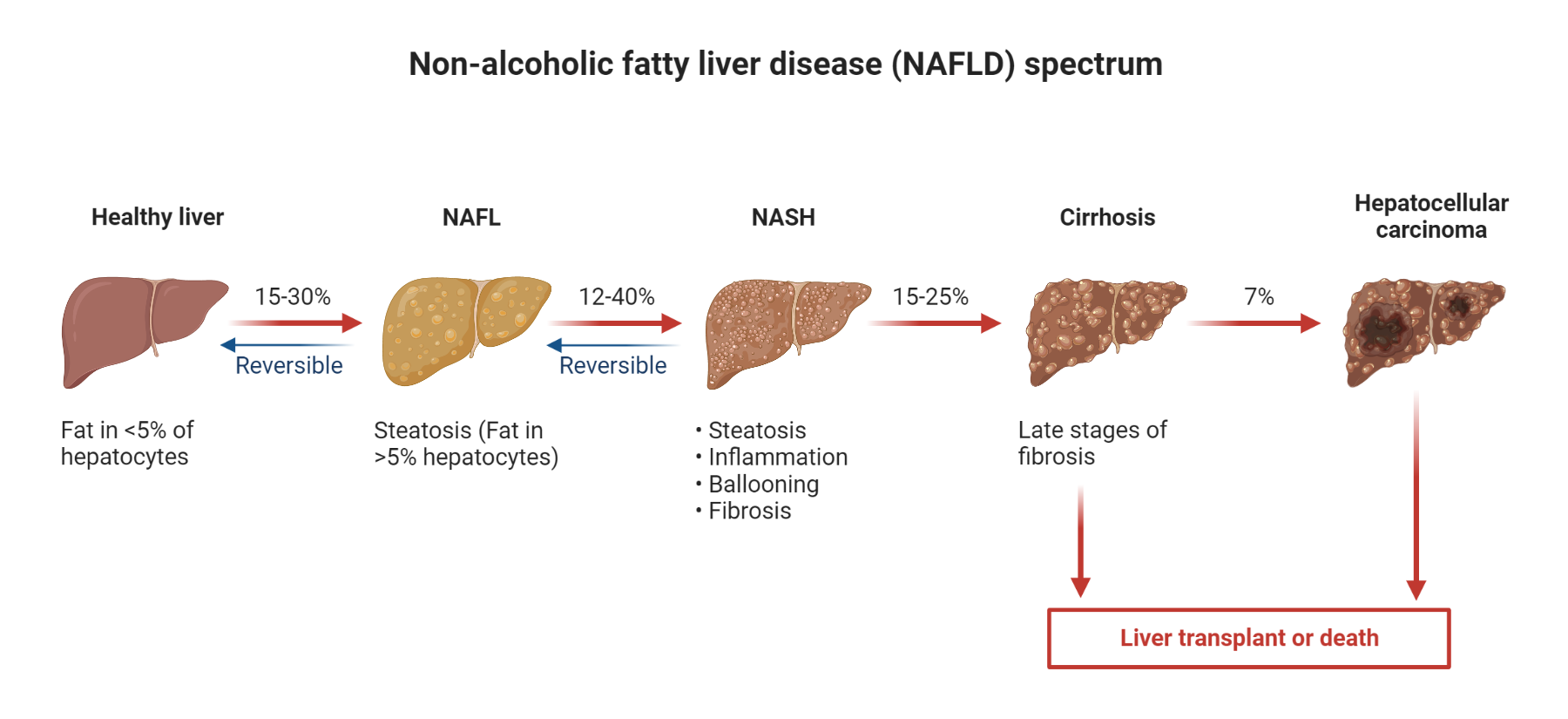
- Limiting alcohol consumption
- Maintaining a healthy weight
- Eating a balanced diet rich in fruits, vegetables, and whole grains
- Exercising regularly
- Practicing safe sex and avoiding sharing needles to prevent viral hepatitis
- Getting vaccinated against hepatitis A and B
- Using medications, including over-the-counter drugs, as directed
- Avoiding exposure to toxins
How often should liver function tests be performed for preventive screening? For individuals without known liver issues or risk factors, liver function tests are typically part of routine health check-ups. The frequency may vary based on age and overall health status, but generally, annual testing is sufficient for most adults. Those with risk factors or existing liver conditions may require more frequent monitoring.
Understanding liver enzyme levels and maintaining liver health are crucial aspects of overall well-being. By recognizing the significance of liver function tests, being aware of potential symptoms, and adopting healthy lifestyle habits, individuals can take proactive steps to support their liver health and catch any issues early. Regular check-ups and open communication with healthcare providers are key to navigating the complex landscape of liver health and ensuring optimal function of this vital organ.
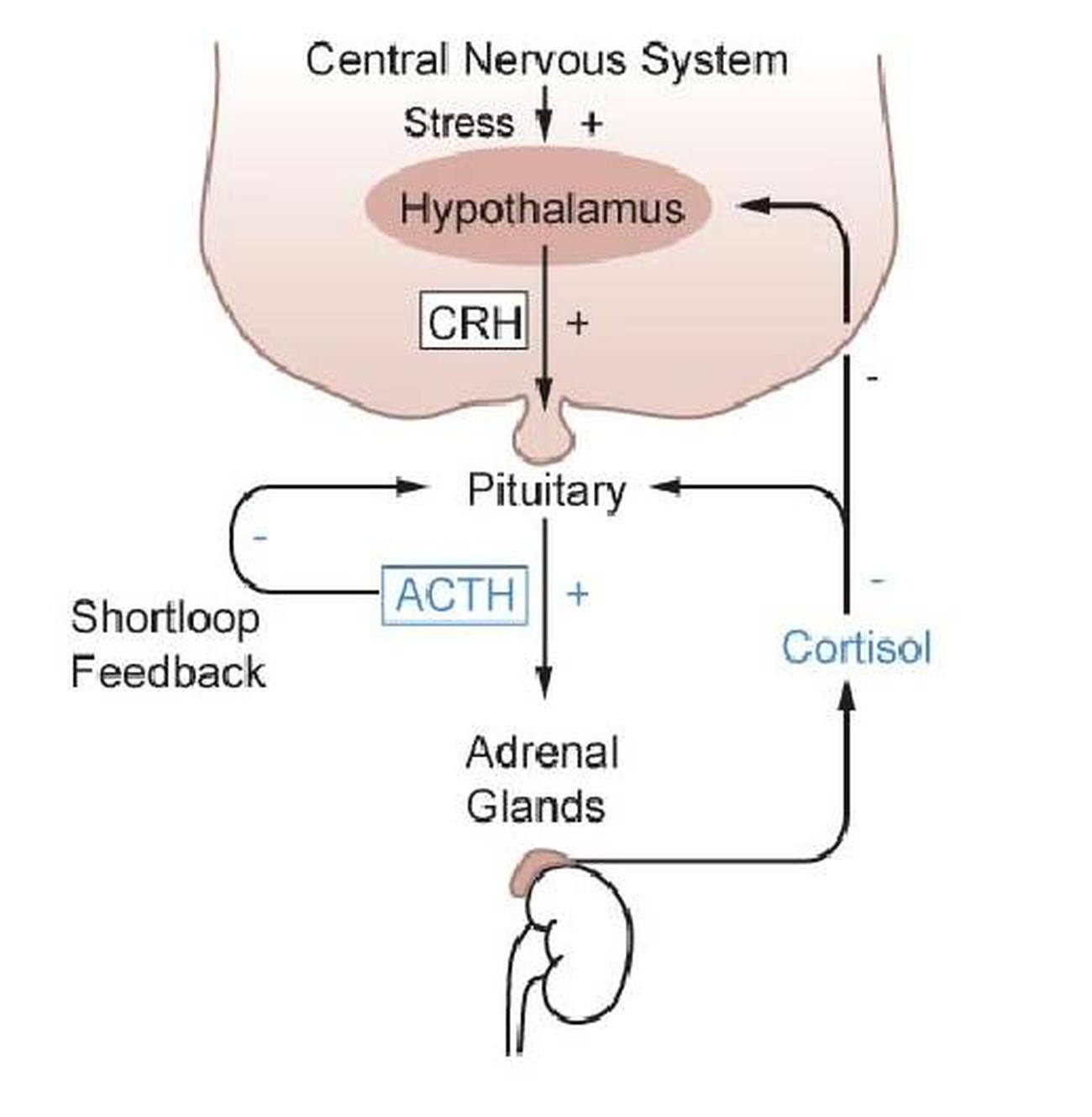
Abnormal liver enzymes | Christian Healthcare Ministries
Health & Wellness
By Dr. Jacobson, D.O.
A member wrote:
I’ve been doctoring a sharp, knife-like pain and burning in my sternum area for five months. My blood work shows high liver enzymes: AST [aspartate transaminase] of 561 and ALT [alanine transaminase] of 469. I’ve never consumed alcohol, smoked or taken drugs of any sort. In the last few days, my stools have been soft and a yellowish-orange color. All other tests—CT [computed tomography], MRI [magnetic resonance imaging], MRCP [magnetic resonance cholangiopancreatography], and ultrasound of my abdomen—showed nothing. Additional blood work results were good. Can you help me please?
Dr. Jacobson’s response: I summarize the history you’ve provided as follows: mid-chest pain; recent stool changes, soft and light in color; elevated liver (hepatic) enzymes with AST slightly higher than ALT; additional normal lab work; and no unusual radiology reports.
The first concern would be to address the chest pain and to rule out the most serious and immediate threats to your health. The pain’s duration—five months—and the sharp, stabbing character as a practical matter rule out a cardiac (heart) cause. It may, or may not, be related to the bowel and liver problems you describe. Most likely, it’s coming from the rib cage and sternum area; it’s called atypical chest pain, though it’s the most common type.
The changes in stool are characteristic of someone who has a biliary system issue. Bile—which assists in the breakdown of fats—is dark green and gives the stool its brown color. Manufactured in the liver, bile is normally stored in the gallbladder. Released in response to a meal containing long-chain fats, bile moves in a duct that travels through the pancreas into the small intestines. Blockage of the bile ducts anywhere in this system can result in light-colored stools similar to your description.
Abnormal liver enzyme levels may also provide a clue as to the cause. ALT, AST and alkaline phosphatase are three of the most commonly-tested enzymes, but there are others, including bilirubin levels. The latter two are typically elevated when something outside the liver is blocking the bile system. However, if all other lab tests are normal, it’s most advantageous to look at the AST and ALT values.
ALT, AST and alkaline phosphatase are three of the most commonly-tested enzymes, but there are others, including bilirubin levels. The latter two are typically elevated when something outside the liver is blocking the bile system. However, if all other lab tests are normal, it’s most advantageous to look at the AST and ALT values.
You report that AST and ALT are only mildly elevated, and AST is slightly higher than ALT. In this scenario, causes that should be considered include:
- acetaminophen (generic for Tylenol) or other drug toxicity,
- autoimmune hepatitis, especially in females 30-50 years old
- non-alcoholic fatty liver disease, especially in presence of obesity, diabetes, elevated cholesterol and hypertension
- iron overload (genetic hemochromatosis)
- viral hepatitis—usually higher levels of ALT and AST in the acute stage
- ischemia (lack of blood supply to the liver)
- cirrhosis of the liver—usually from chronic alcoholism
- rhabdomyolysis (a by-product of massive muscle breakdown)
- hemolysis (breakdown of blood cells)
- Budd-Chiari syndrome (The liver veins can become blocked, preventing drainage.
 This syndrome can vary from extremely severe to no symptoms at all.)
This syndrome can vary from extremely severe to no symptoms at all.) - Wilson’s disease (A rare inherited disorder in which copper accumulates in the liver, brain and other organs. It may be accompanied by a brown ring, or copper deposits, along the edge of the cornea and may require a liver biopsy to diagnose).
- Other conditions outside the liver such as thyroid disease or celiac
The list of possible causes for elevated liver enzymes is long, and it can be difficult to ascertain the cause. The likely diagnosis usually becomes more apparent after standard lab tests and imaging such as you described.
As your diagnosis is still elusive, however, I would make sure that your physician(s) has taken a thorough look into possible auto-immune disorders and has considered performing a liver biopsy. The best route might be to take all of your records to a university-based hepatologist—a gastroenterologist who has sub-specialized in the study of disorders of the liver, pancreas, gallbladder and biliary tree.
References
DynaMed [Internet]. Ipswich (MA): EBSCO Information Services. 1995 – . Record No. T316452, Abnormal Liver Function Tests – Approach to the Patient; [updated 2018 Dec 02, cited West Chester, OH, May 21, 2020]. Available here. Registration and login required.
Vagvala, S.H. and O’Connor, S.D. (2018), Imaging of abnormal liver function tests. Clinical Liver Disease, 11: 128-134. doi:10.1002/cld.704
General bilirubin blood test: for women, men, children
Size:
AAA
Regular version of the site
Appointment
Stock
- Shares
- About clinic
- Clinic structure
- Parent organizations
- News
- Articles
- Vacancies
- Licenses
- Legislative card
- Anti-stress therapy
- Gastroenterology
- Hematology-Hemostasiology
- Gynecology
- Dermatovenereology
- Assisted Reproductive Technology (ART)
- Cardiology
- Clinical Diagnostic Laboratory
- Coloproctology
- Mammology
- Neurology
- Department of medical cosmetology
- Otolaryngology (ENT)
- Rehabilitation medicine
- Rheumatology
- Traumatology-orthopedics
- Ultrasound Diagnostics
- Urology-andrology
- Phlebology
- Functional diagnostics
- Check-Up
- Endoscopy
- Endocrinology
- Doctors
- Patient
- Prices
- Analyzes
- Contacts
- org/Breadcrumb” itemref=”bx_breadcrumb_1″>
- Directions
- Clinical diagnostic laboratory
- Biochemical research
- Bilirubin total
Main page
Hemoglobin is the main component of red blood cells (erythrocytes). When hemoglobin breaks down, bilirubin is formed – a yellow blood pigment that gives the standard color to urine and feces. Total bilirubin is the sum of direct and indirect bilirubin, which are formed during the decomposition of hemoglobin. Various metabolic disorders lead to an increase in its concentration in the blood, as a result of which the skin, sclera and mucous membranes become icteric.
Total bilirubin test
High total bilirubin is a sign of a number of diseases associated with disruption of the liver, biliary tract, as well as autoimmune pathological processes.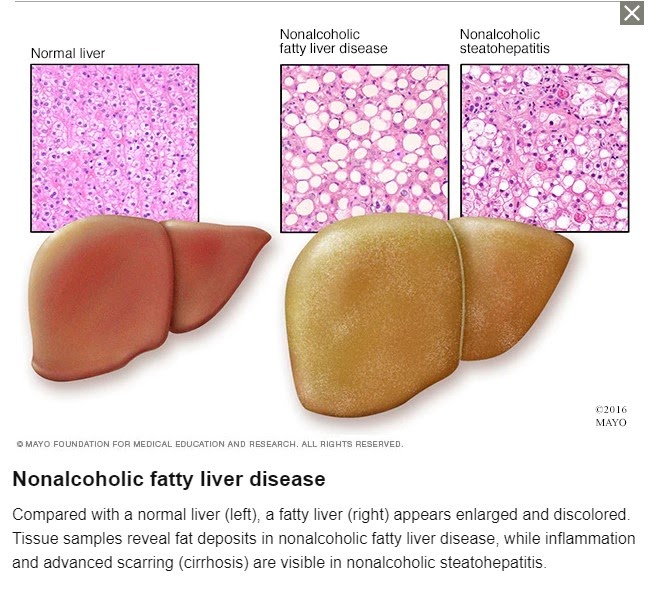 In addition, the analysis allows you to identify violations of the hematopoietic process, leading to increased hemolysis of red blood cells. It can show the following results:
In addition, the analysis allows you to identify violations of the hematopoietic process, leading to increased hemolysis of red blood cells. It can show the following results:
The norm of total bilirubin is 0-21 µmol / l. This corresponds to the normal process of transport to the liver.
Total bilirubin is elevated. Such a result is possible with liver diseases, biliary tract obstruction, blood diseases, including various types of anemia.
The total bilirubin is lowered. Such a result is not a deviation from the norm and does not play a role in the diagnosis.
In the first days of life, normal indicators are somewhat different from the standard ones. Total bilirubin in newborns should be in the range of 24-149µmol/l on the first day and increase to 26-205 µmol/l during the first 3-6 days. After that, the indicators level off and become the same as in adults.
How to prepare for the examination?
For analysis, the following conditions must be met:
Avoid physical and emotional stress for 30 minutes before taking blood for analysis.

Stop smoking at least half an hour before blood sampling.
Do not eat for 12 hours prior to blood sampling.
In what cases is an analysis prescribed?
An analysis for total bilirubin in the blood is prescribed for suspected viral hepatitis, cirrhosis of the liver, cholelithiasis, fatty hepatosis, as well as for the diagnosis of malignant tumors of the pancreas. The level of bilirubin can also be affected by taking certain drugs, so it must be monitored.
Where to conduct an examination in Rostov-on-Don?
Clinical Diagnostic Center “Da Vinci” offers laboratory tests at a low cost. Use the services on favorable terms and get a high-precision result.
Service name
Price
Bilirubin total
220 RUB
Creation date:
Modified date:
Reviews of the service
Add
BLOOD TESTS FOR SUSPECTED LIVER DISEASES: STANDARD OF THE DUTCH FAMILIES ASSOCIATION DOCTORS | Zaat J.O.M., van Bavel R.C., de Bruin H.J., Meijer H., Willemsen J.M.G., Smeele I.J.M., van der Loan J.R.
In this
The standard defines cases where
family doctor for suspected
liver disease should
refer the patient to
laboratory examination, and given
recommendations for
interpretation of results
examinations. Standard not
defines criteria based on
which may arise
suspected liver disease, and
concerns only to a limited extent
issues of further collection
history and examination
liver diseases. Discussed
most common in
family doctor practice
diseases and conditions: jaundice;
hepatitis A, B and C; damage
liver when abused
alcohol and use
some medicines. Besides,
the value of defining
liver function with complaints of general
malaise, infection
mononucleosis and suspected
metastases in the liver.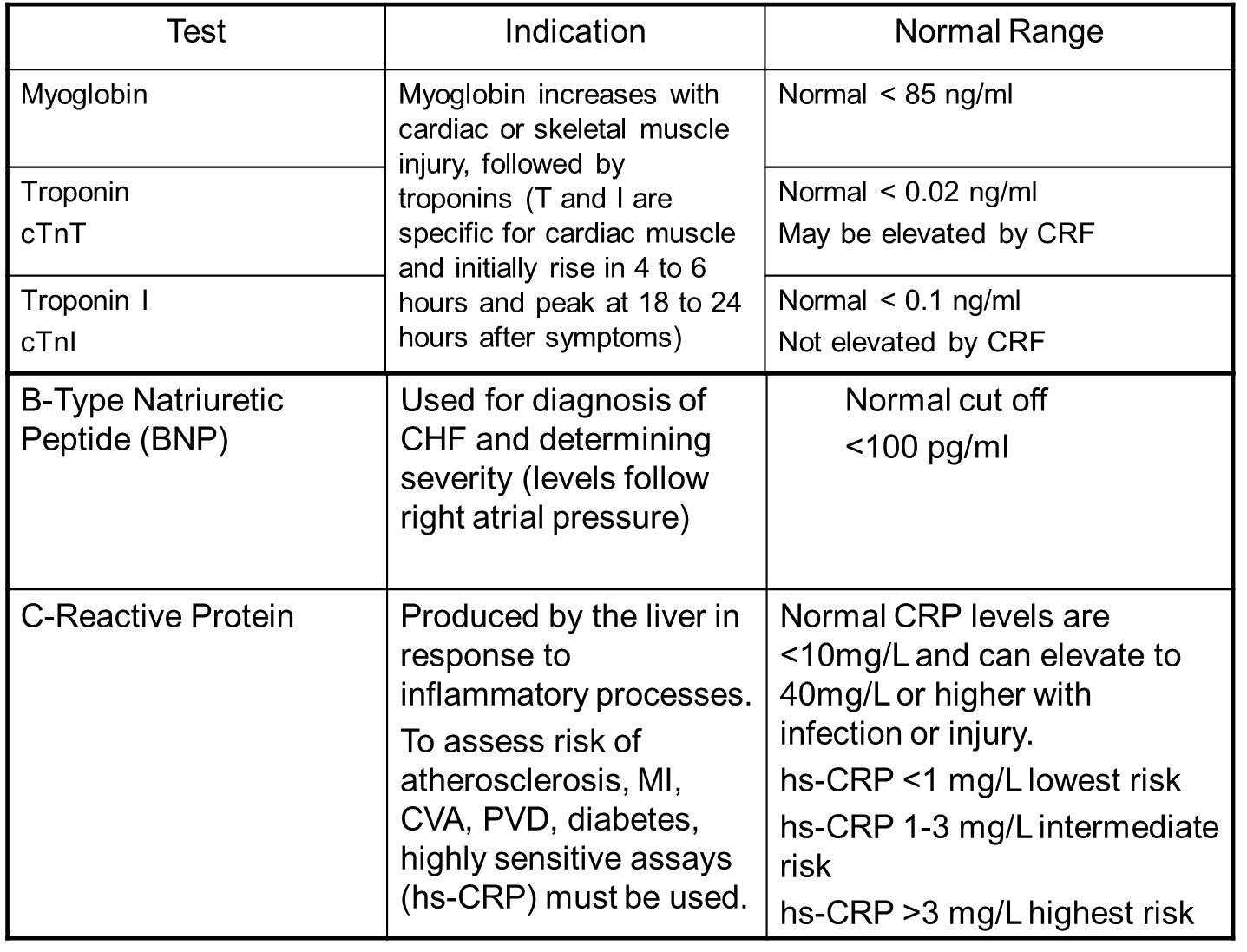
Standardization will allow
optimize testing and
avoid excessive and/or
routine examination. Studying
liver condition is necessary for
jaundice and suspected
infectious hepatitis (A, B and C),
infectious mononucleosis and
liver metastases, and
alcohol abuse.
Liver metastases occur in
mainly in patients with
confirmed diagnosis
carcinomas. Liver metastases are rare
are the first manifestation
carcinomas. Liver damage
may occur when taking many
medicines.
Concepts
Alanine aminotransferase
(AlAT) and aspartate aminotransferase
(ASAT). The level of these
transaminases are considered in
as a measure of liver function, but
they are also active in other tissues. AlAT
found mainly in
liver cells, but also active,
albeit to a lesser extent,
skeletal and cardiac muscles,
tissues of the kidneys and pancreas.
AST is found in liver cells
in skeletal and cardiac muscles and
smaller quantities in other
organs. Determination of ALT level
Determination of ALT level
is the most specific
test for disorders of function
liver. Therefore, in this standard
preferred definition
ALT level.
g – Glutamal transferase
(g-GT) occurs in cells
liver. The level of g-GT is strongly elevated with
stasis of bile. In the absence of
liver damage g-GT level
may be slightly raised
due to alcohol consumption
or taking certain
medications, as well as steatosis
and obesity.
Alkaline phosphatases (AP)
found in the placenta, bones and
liver tissue. For diseases
liver level of alkaline phosphatase is a measure
stasis of bile. Definition of ALP,
however, is characterized by low
specificity, so it’s better
determine the level of g-GT. Simultaneous
determination of the level of alkaline phosphatase and g-GT
excessively.
Bilirubin is formed in
mainly due to the breakdown of hemoglobin.
In the liver, bilirubin binds to
glucuronic acid to form
conjugated bilirubin (formerly
called direct bilirubin).
If the direction contains
request for determination of bilirubin,
then determine the total bilirubin
(set of conjugated and
free bilirubin, previously
called indirect
bilirubin).
Conjugated level
bilirubin cannot be broken
in isolation, i.e. against the background
normal level of general
bilirubin and transaminases.
Level detection
conjugated bilirubin has
meaning only for further
diagnosing jaundice in newborns
and in case of suspicion of isolated
hyperbilirubinemia (a disease
Kilber).
Jaundice (icterus)
is a clinical
manifestation of increased content
bilirubin. It occurs when
bilirubin level above 100 µmol/l.
The limits of the norm for the above
indicators depend on
laboratories where
definitions.
Recommendations
analysis of patient complaints and data
general examination by a family doctor
there is a suspicion of
liver disease, he directs
patient for laboratory
survey.
General
malaise
General
discomfort is rarely
a sign of some disease
liver. Therefore the definition
liver function in this complaint
has limited
diagnostic value. If at
history taking and general examination
signs are found
liver disease, then direct
patient for examination
meaningless.
Infectious
mononucleosis
Infectious
mononucleosis is not
specific liver disease.
However, almost all
patients with infectious
due to mononucleosis
mild hepatitis
transaminase parameters are changed.
Jaundice is observed in 5-10% of patients. disturbed
spontaneous liver function
recovers after 5-6 weeks,
so identifying these disorders
and have no supervision
diagnostic and therapeutic
consequences. With an infectious
mononucleosis does not develop
chronic hepatitis or cirrhosis
liver. Thus, the definition
liver function while
illness is meaningless. For
confirm the diagnosis
Paul-Bunnell test or
derived from it.
Jaundice
Exist
three pathological forms of jaundice.
• Prehepatic jaundice
(hemolytic jaundice)
which, due to increased decay
erythrocyte glucuronizing
the capacity of the liver is reduced and
some of the bilirubin continues
circulate in the blood.
• Hepatic
(parenchymal) jaundice; wherein
condition due to inflammation or
toxic damage to the liver
able to process or output
all incoming bilirubin.
• Post-hepatic jaundice,
due to stasis of bile in
liver due to blockage
bile ducts.
Differentiated
diagnosis of hepatic and other
forms of jaundice is impossible only on
based on the results of the determination
liver function. Also needed
other data, such as age:
ten year old boy cause
jaundice is most likely
hepatitis A, in a 70-year-old man –
obstruction of the biliary tract or
use of certain
medicines.
For jaundice in children and adults
it is necessary to define the following
indicators: bilirubin level, g-GT,
AlAT. If you suspect
If you suspect
also hemolytic anemia
content is determined
hemoglobin.
The table in general terms
presented criteria
differentiation between
hepatocellular and obstructive
jaundice. Indicators characteristic
for hemolytic anemia,
not shown in the table because
this disease is rare.
The number of arrows indicates
how many times one is promoted
index relative to another.
Normal levels of ALT and g-HT and
the content of total bilirubin in
within 20 – 100 µmol/l indicate
hemolytic jaundice, which
rarely seen in practice
family doctor, or
isolated hyperbilirubinemia
(Gilbert’s disease), which, by the way,
harmless.
If the results of these three
tests are normal, then the disease
liver is excluded. If found
deviation from the norm of only one
indicator, then its definition
repeated to eliminate
laboratory error.
If you suspect
hepatocellular jaundice should
look for signs of a virus
hepatitis, infectious
mononucleosis, alcoholic
hepatitis and toxic hepatitis
(see below).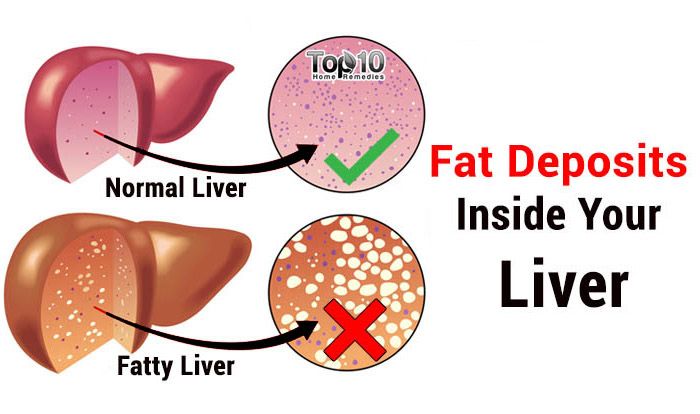 If the reason
If the reason
hepatocellular jaundice
cannot be found, the patient
should be referred to a specialist
on internal diseases.
For obstructive jaundice
should be ultrasonic
examination of the upper abdomen
to identify the cause of the blockage. IN
in most cases when
obstructive jaundice
it is recommended to refer the patient
to a specialist.
Jaundice
newborns
newborn physiological
jaundice is observed from the 2nd to the 8th
day of life, in premature babies – from the 2nd
to the 14th day. Bilirubin level
rarely exceeds 100 and
200 µmol/l. The occurrence of jaundice
already on the 1st day of life is
a sign of pathology. At
newborns on
breastfeeding, level
bilirubin is relatively higher, and this increase
observed for over
long time. Raise
bilirubin level occurs
mostly due to
unconjugated component and
due to its increased
products, reduced
absorption in the liver and increased
reabsorption from the intestine.
Unconjugated bilirubin
toxic, mainly to
brain.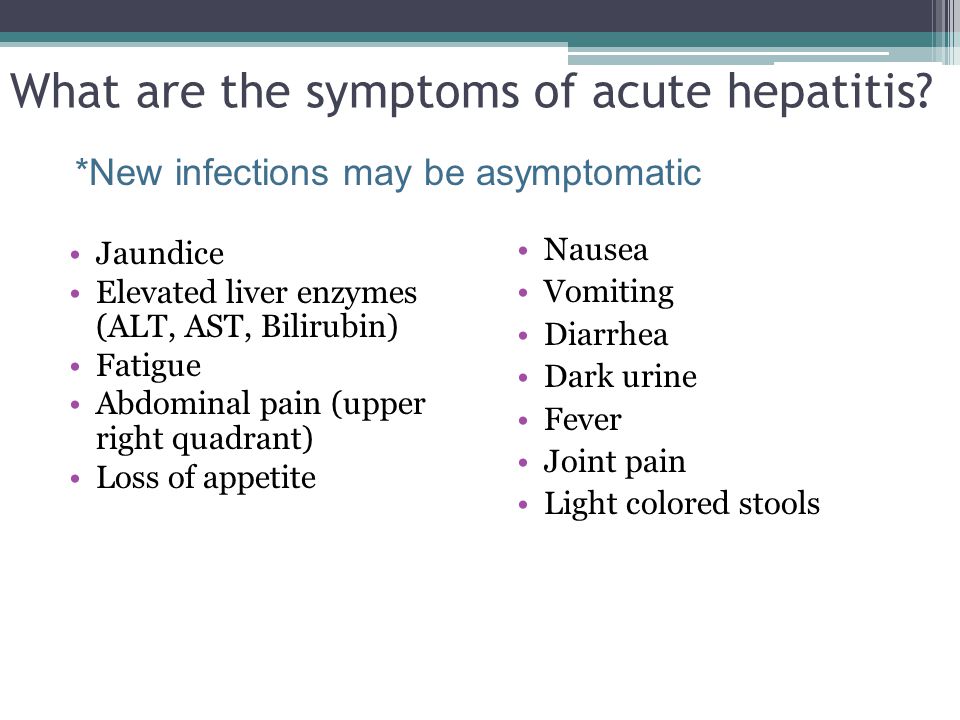 The degree of damage as a result
The degree of damage as a result
increased bilirubin levels
depends on birth weight
and the presence of conditions such as
asphyxia, acidosis and
hypoalbuminemia.
If you suspect
pathological jaundice
newborn cito determined
bilirubin level.
When jaundice occurs in
the first days of a newborn’s life
should be directed to
specialist.
At the level of bilirubin in
within 100 – 200 µmol/l during
several days tactics can be
expectant, but necessary
daily definitions. At the level
bilirubin above 200 µmol/l
need to consult with
pediatrician. Healthy
newborn over 2 days old
weighed at birth
more than 2500 g, with
bilirubin level above 340 µmol/l
there is a danger of nuclear
jaundice and needs treatment.
Newborn with body weight
at birth less than 2500 g or s
asphyxia, acidosis or
history of hypoalbuminemia
need to consult a pediatrician
with lower bilirubin levels.
Hepatitis
All types
hepatitis can be seen
jaundice, nausea, pain in the right
upper abdomen, dark urine and
discolored stools.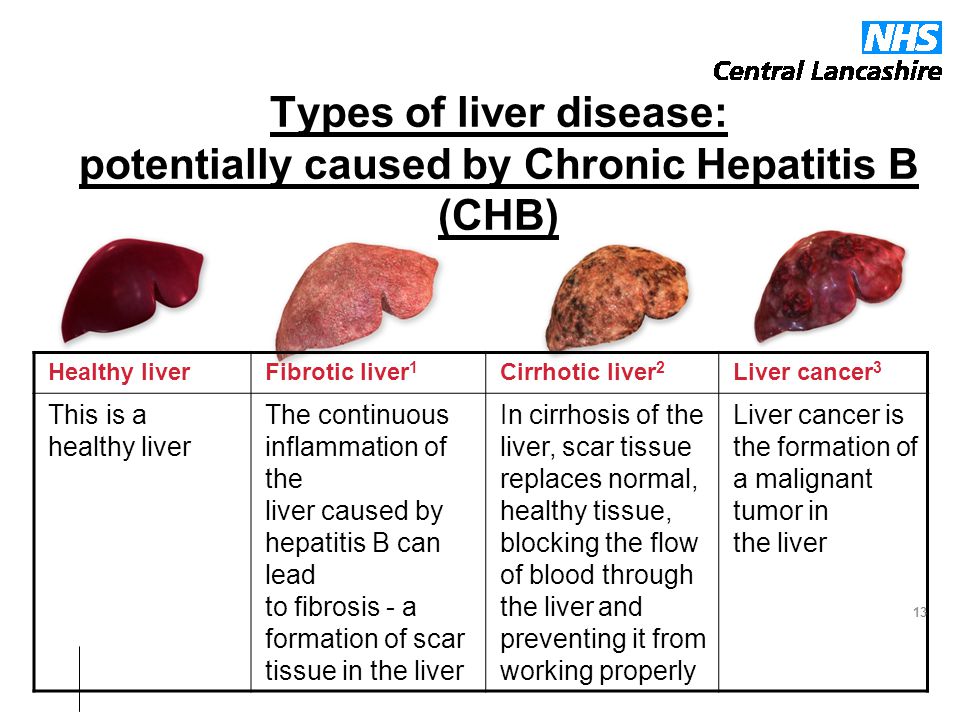 However
However
often hepatitis occurs
subclinically. For accurate
determining the cause of hepatitis B
first instance the most important
are history data.
Hepatitis
A
Infection
occurs by fecal-oral
by; most often infected
children.
If hepatitis A is suspected,
especially in isolated cases
disease may be necessary
serological testing for
anti-HVA-lgM. The need for this
the test is omitted if the diagnosis
established on the basis of data
anamnesis (for example, during epidemics).
The anti-HVA-lgM test becomes
positive 3-7 weeks after
infection; by now already
there are clear clinical
manifestations of the disease. lgM test
continues to be
positive within 1 – 4 months.
False negative results
are rarely observed.
False positive results
may occur in rheumatoid
arthritis. lgM as a feature
transferred infection continues
show up for many
years, possibly for life. Except
that might be useful
determination of the level of ALT. At first
At first
disease, it is increased to 300 units. And
more. In the course of further
monitoring ALT level
recommended to determine
an interval of 3 weeks.
Table.
Interpreting Function Tests
liver with jaundice
| Type jaundice | Bilirubin | g-gt | ALT |
| Hepatocellular | |||
ALT level
may continue to rise
during the first 3 weeks after
appearance of clinical signs
diseases.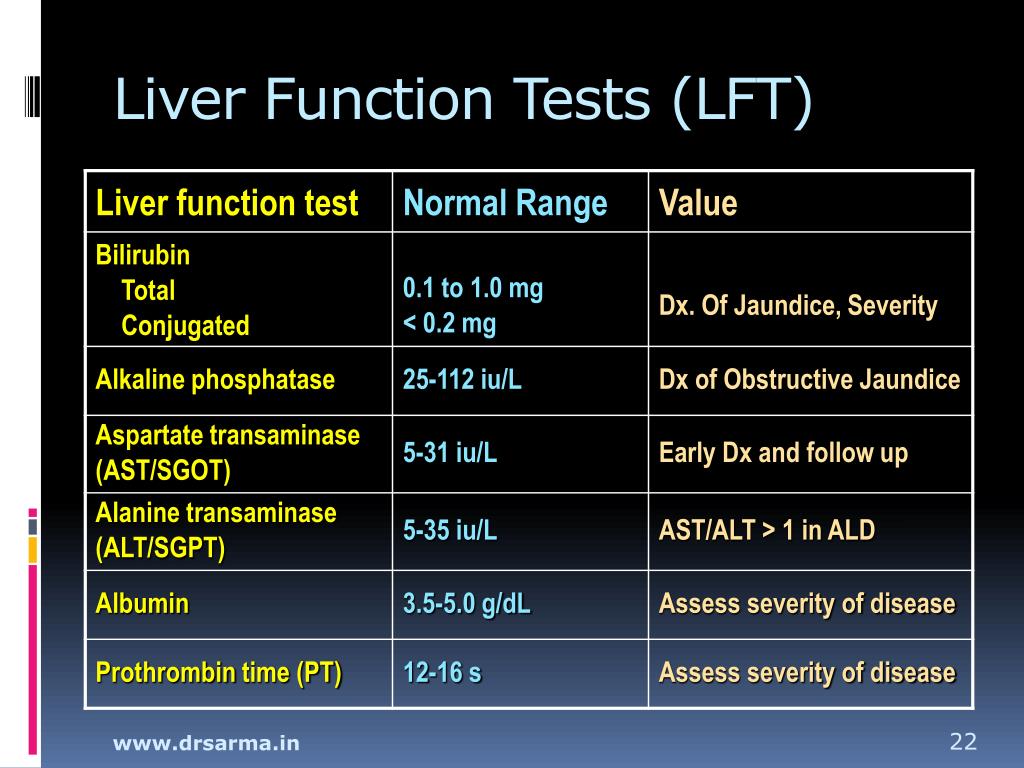
Hepatitis
B
Infection
hepatitis B virus (HVB) occurs
through blood (or its products) or
sexually. risk groups
are patients with hemophilia;
patients requiring dialysis;
medical personnel; face,
intravenous
drugs;
homosexual men often
changing partners; patients with
venereal diseases: children
HBsAg-positive mothers and sex
partners of people who are positive
HBsAg. There are two types of antigens for
HVB: HBsAg (surface antigen) and HBeAg
(definition of this antigen
makes it possible to judge the degree
virulence). On the image
which of these antigens
or their corresponding antibodies
appear at different stages
HVB infections. Instead of
determination of HBeAg (nuclear antigen)
used for diagnosis
only a test for the corresponding
antibody (HBcAs).
If hepatitis B is suspected
determine the level of ALT and carry out
serological testing in
depending on the suspect
the duration of the infection.
Jaundice is a sign
active HVB infection. depending
depending
from the suspected duration
infections can be performed
various serological
definitions (see figure). At
necessary
consult with
a clinical chemist or
microbiologist. In the direction of
serological examination
it is necessary to indicate the 1st day of illness.
At the onset of an HVB infection,
determine HBsAg. Positive titer
HBsAg indicates recent infection
HVB.
Serological definitions
repeat after 4 and 8 weeks.
If 8 weeks after the start
diseases other than HBsAg continues
HBeAg is detected, then it is likely
chronic hepatitis B. O
HBsAg carriers say if HBsAg
still reappears after 6 months. During
observations determine the level of ALT
with an interval of 3 weeks. AlAT level in
most cases
normalized within 2 months. If
does not occur, then the diagnosis
should be reviewed.
If you suspect a chronic
HVB infection (elevated
ALT or signs of active
virus replication
– positive test for HBeAg) follows
consult with
specialist.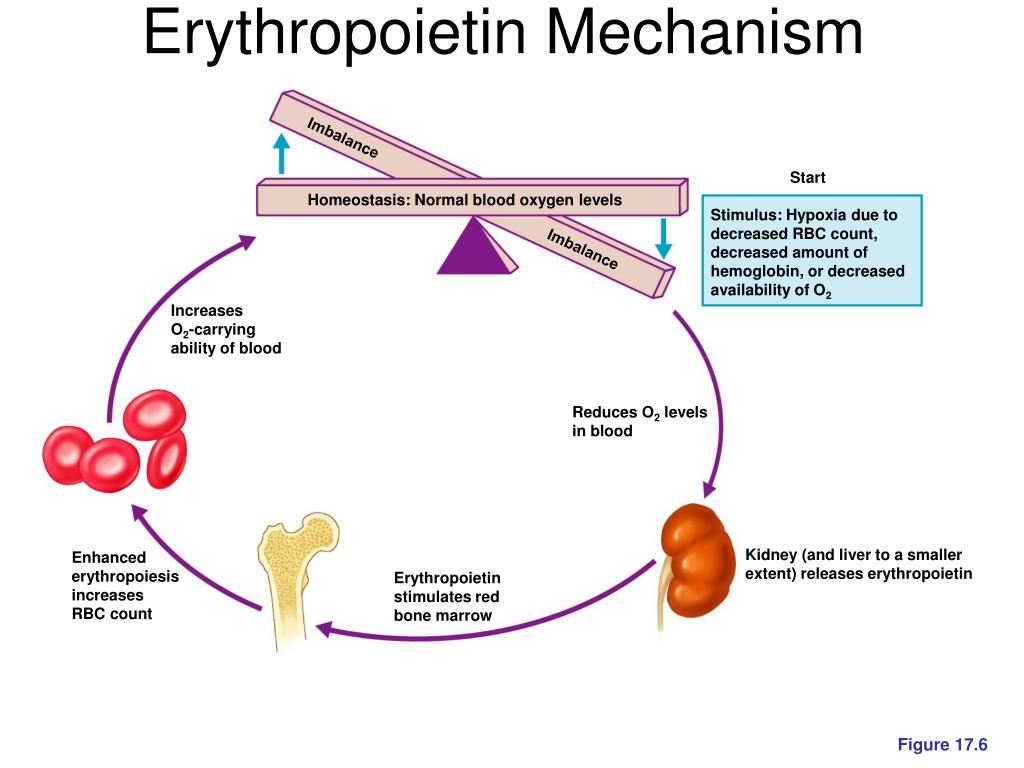
Hepatitis
С
Infection
occurs with blood transfusions or
other contact with blood or
her products.
Before considering
possibility of hepatitis C
rule out hepatitis A and B.
Determine the level of ALT. Often
only this one is raised
index. 3-6 months after
onset of infection used in
currently serological
tests are positive.
Active development underway
methods to
produce reliable
serological definitions.
Need to consult with
a clinical chemist or
microbiologist before
refer the patient to
serological examination.
Metastases
in the liver
Carcinomas
colon, stomach,
pancreas, esophagus,
lung and breast, and
melanomas can metastasize to
liver. However, liver metastases
rarely the first manifestation
malignant disease.
Since the probability of finding
very few liver metastases
such definitions in practice
family doctor are not produced.
If the patient is seen after
curative surgery for
carcinomas, there is no need for
routine function definition
liver, as these tests are not
have insufficient
differentiating possibilities.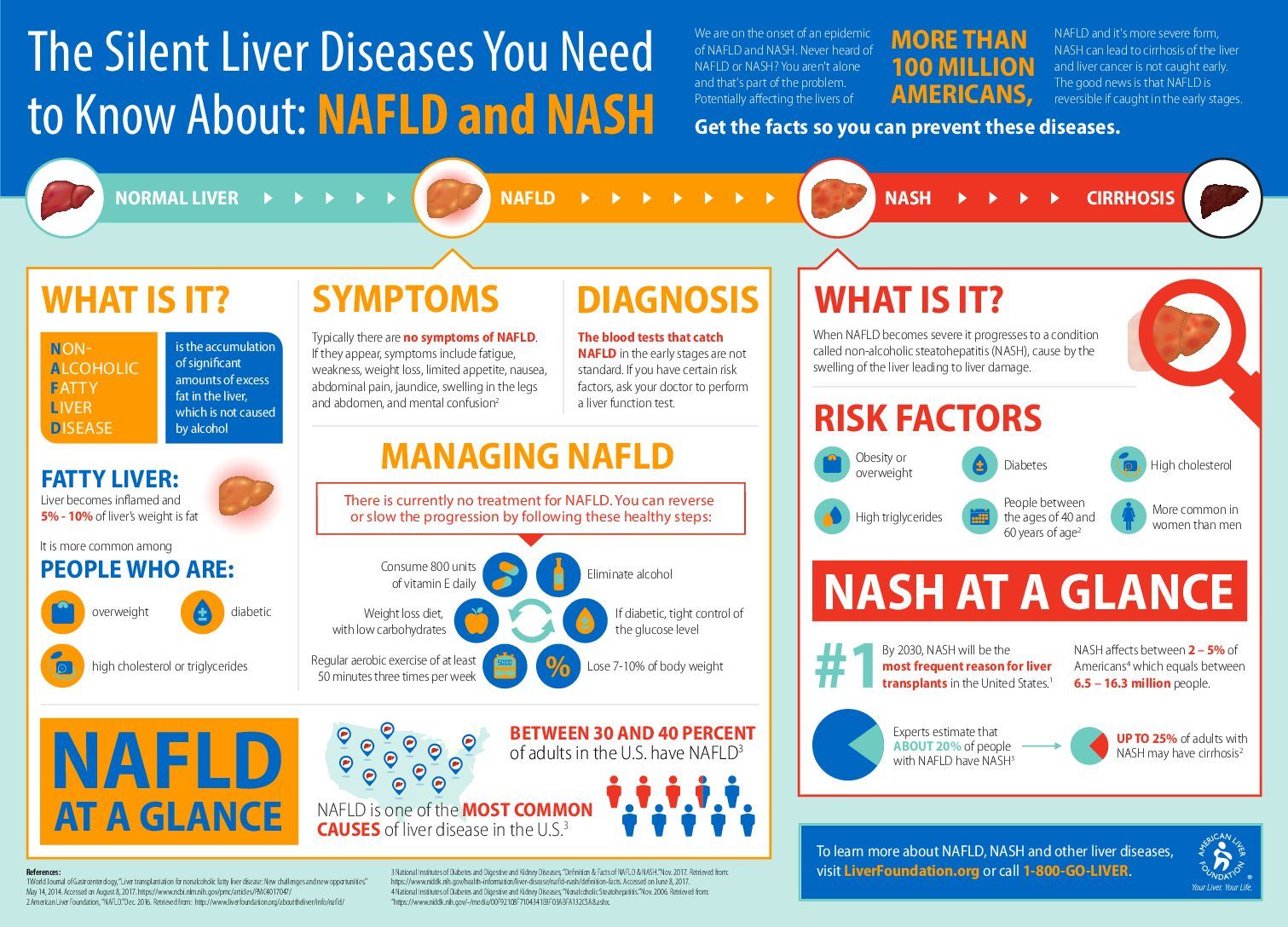
Damage
liver when abused
alcohol
alcohol abuse level
ALT and g-GT may deviate
from the norm. However, normal
the values of these indicators are not
rule out abuse
alcohol, and increased values are not
always point to
alcohol abuse.
Abuse Conclusion
alcohol is made on the basis
history data.
The degree of liver damage
alcohol abuse can
established only by biopsy.
If hepatitis is suspected,
resulting from
alcohol abuse,
determine the level of ALT and g-GT.
Both of these indicators are increased with
alcoholic hepatitis.
With prolonged
alcohol abuse in 15%
cases of cirrhosis of the liver.
If cirrhosis is suspected
determine the level of albumin. He
may be perfectly normal, but
may deviate from the norm.
Albumin levels decrease due to
increase in extravascular
volume or due to reduced
synthesis. With normal content
albumin presence of cirrhosis
unlikely, but completely
excluded.
Liver damage in
use of medications
taking certain medications
due to liver damage
jaundice occurs.

 This syndrome can vary from extremely severe to no symptoms at all.)
This syndrome can vary from extremely severe to no symptoms at all.)